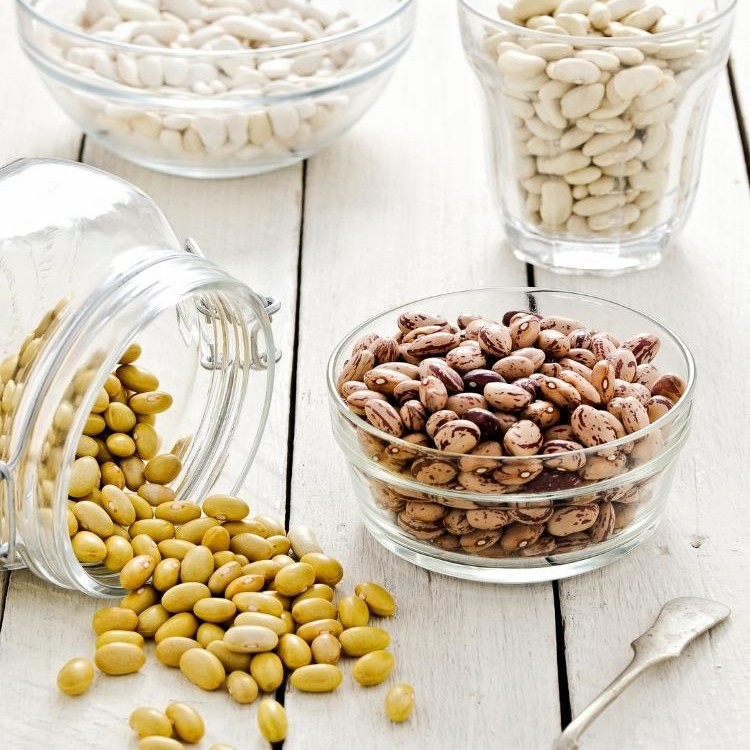
Everything You Need to Know About Cooking Dried Beans
Cooking dried beans saves you money and ensures you have cooked beans on hand at all times! This post explains how to cook dried beans three ways and how to freeze them for later.
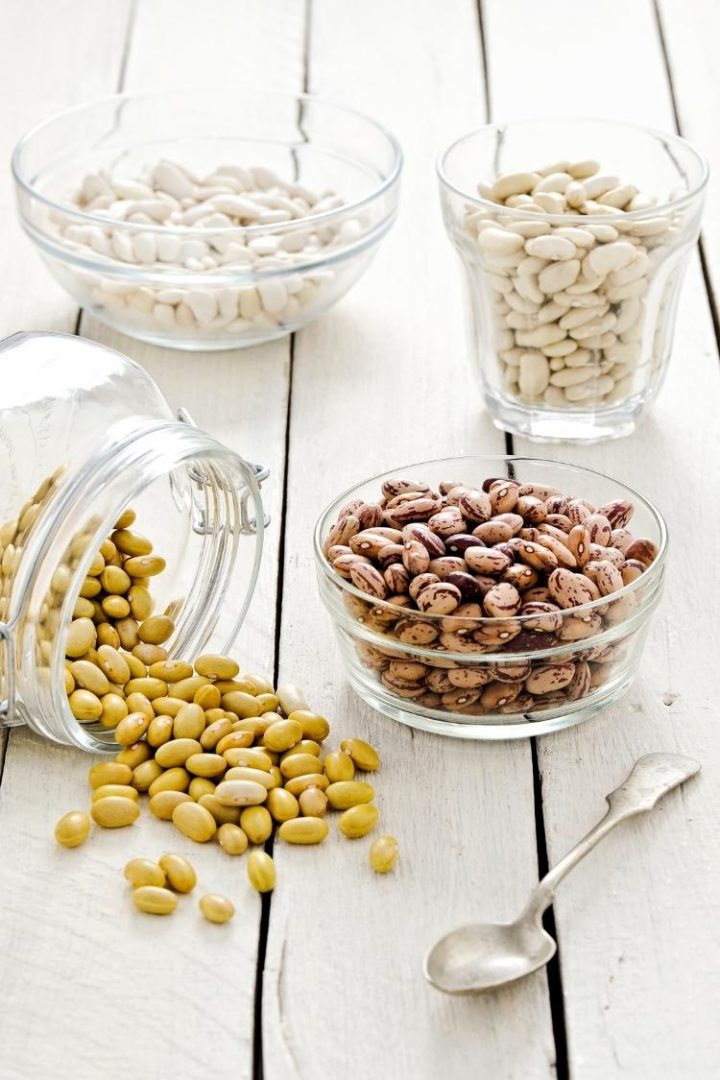
Why Bother Cooking Dried Beans?
Buying canned beans at the store is quicker than buying and cooking dried beans at home, but it’s also more expensive and creates unnecessary waste. Not to mention that dried beans cooked from scratch taste so much better. (Really! Canned beans have a slightly metallic flavor from being stored in metal cans for who knows how long.)
Although I still buy canned beans on occasion — who doesn’t! — I prefer keeping a stash of dried beans on hand so I can replenish my cooked beans supply throughout the month.
Dried beans keep for many months in your pantry and take up less space than canned beans. Since you’ll be cooking them yourself, you can control the amount of salt in the beans and there are no extra preservatives to worry about.
Cooking dried beans takes extra time on your part, but there’s minimal hands-on prep work required. Best of all, cooked dried beans freeze wonderfully — no need to can them yourself!
Ingredients Needed for Cooking Dried Beans
Cooking dried beans requires just three ingredients. Here’s what you’ll need to cook dried beans:
- Dried beans: Any variety will work for the methods I’m sharing in this post.
- Water: Regular tap water is fine, so long as the tap water in your area is safe for cooking.
- Aromatics or Seasonings of choice: You don’t have to add any. Using just beans and water will result in plain beans that can be added to many different dishes. However, you can also flavor the beans with kosher or sea salt, a quartered onion, whole garlic cloves, and / or bay leaves.
For the complete ingredient list and detailed instructions, scroll to the bottom of this post for the FREE printable recipe card.
Types of Dried Beans for Cooking
You can cook any type of dried bean you find at the grocery store. The most types of dried beans you’ll find include:
- Black Beans
- Cannellini Beans
- Chickpeas (Garbanzo Beans)
- Pinto Beans
- Fava Beans
- Lima Beans
- Kidney Beans
How Many Cups of Dried Beans in a Pound?
Dried beans are often sold in 1-pound (16 oz.) bags. You can certainly find larger bags at bulk food stores and at some grocery stores, but the instructions shared in this post are specifically for a 1-pound bag of beans.
A 1-pound package of dried beans equals roughly 2 cups of dried beans. After being cooked, the 2 cups of dried beans will expand to equal roughly 6 cups of cooked beans.
How to Cook Dried Beans 3 Ways
You can cook dried beans on the stovetop, in a slow cooker, or in an Instant Pot (any pressure cooker will work, not just the Instant Pot brand).
Before discussing how to cook them, you first need to know how to prepare dried beans. I recommend pouring the beans into a large bowl and sifting through them with your fingers. Discard any beans that are broken, as well as any pieces of stone or debris.
Then, you’ll need to soak the beans (I’ve given more details on soaking dried beans later in this post). Rinse the beans under running water, then cover them with 2 to 3 inches of tap water.
Let the beans soak for 8 hours to overnight. Then, prepare the dried beans as instructed below.
1. Stovetop Dried Beans
- Drain the soaked beans, then transfer them to a large pot and cover with 3 inches of water.
- Bring to a boil, then reduce heat to a simmer.
- Simmer for about 30 minutes, then add salt (if using) and any other aromatics you’d like.
- Continue cooking, checking every 30 minutes to test for doneness (size of beans will affect cook time, as will whether or not you soaked the beans).
- When done, remove the aromatics and let the beans cool before transferring to storage containers. Do NOT drain the beans, the cooking liquid will prevent them from drying out.
2. Slow Cooker Dried Beans
- Add 1 pound pre-soaked dried beans to a slow cooker.
- Next, add any aromatics you’d like to use.
- Cover the beans with 2 inches of water.
- Then, cover and cook on low for 3 to 6 hours. After 3 hours have passed, start checking the beans every 30 minutes to test for doneness.
- When done, remove the aromatics and let the beans cool before transferring to storage containers. Do NOT drain the beans, the cooking liquid will prevent them from drying out.
Tip: If you don’t pre-soak the beans, they’ll need to cook on low for 6 to 8 hours.
3. Instant Pot Dried Beans
- Rinse 1 pound of beans, then place in Instant Pot.
- Add 8 cups water, as well as any aromatics you’d like.
- Cook the beans on high pressure until done (cook times are listed below).
- Natural release for 20 minutes, then quick release the rest.
- When done, remove the aromatics and let the beans cool before transferring to storage containers. Do NOT drain the beans, the cooking liquid will prevent them from drying out.
Tip: This is the only cooking method where it’s not strictly necessary to soak the beans prior to cooking. However, you’ll still need to rinse the beans.
How Long to Cook Dried Beans
The dried bean cook times will vary widely depending on the amount and type of beans you use, as well as the cooking method you choose.
Stovetop Dried Beans Cook Times
The size of the beans, whether or not you pre-soaked them, how long you pre-soaked them, and the quantity of beans you’re trying to cook will all affect cook times.
As a rule of thumb, most dried bean varieties will cook in 30 minutes to 2 hours. Continue checking the beans every 30 minutes and jot down the final cook time for future reference!
Slow Cooker Dried Beans Cook Times
If you soaked the dried beans prior to cooking them in a slow cooker, they’ll cook in roughly 3 to 6 hours on low.
But, if you didn’t pre-soak the dried beans, they’ll cook in roughly 6 to 8 hours on low.
Instant Pot Dried Beans Cook Times
- Black beans and black eyed peas: 20 to 25 minutes
- Great Northern beans, navy beans, and pinto beans: 25 to 30 minutes
- Cannellini beans and chickpeas: 35 to 40 minutes
Red kidney beans also take 25 to 30 minutes to cook. However, you need to boil them on the stovetop for 10 minutes prior to pressure cooking them! This breaks down a toxin they contain called phytohemagglutinin. While the toxin isn’t poisonous, it causes gastric discomfort in many people.
Is Soaking Dried Beans Necessary?
No, but soaking dried beans in water prior to cooking them significantly reduces cook times and prevents the beans from “blowing out” (i.e. the skin breaking and the beans turning to mush).
If you’ll be cooking dried beans on the stovetop, I highly recommend pre-soaking them. Without soaking, the beans may need to cook for an extra hour or more.
If you’ll be cooking dried beans in a slow cooker or Instant Pot, pre-soaking them isn’t strictly necessary but it’s still helpful for reducing cook times.
Whatever you do, just remember that if you don’t pre-soak the beans you MUST rinse them thoroughly before cooking them. Dried beans are quite dirty, and you don’t want any dirt or debris in your final product.
How Long to Soak Dried Beans
To soak dried beans, pour them into a large bowl and cover them with 2 to 3 inches of water. Cover the bowl with a clean kitchen towel, and soak the beans at room temperature for at least 8 hours.
However, if you can’t wait 8 hours, you can reduce the soak time as needed. Any amount of pre-soaking will help reduce the dried beans cook time!
Dried Beans to Canned Beans Conversion
A 1-pound bag of dried beans contains 2 cups dried beans. Dried beans triple in size when cooked, so those 2 cups of dried beans will turn into 6 cups of cooked beans.
A 15-oz. can of beans contains roughly 2 cups of cooked beans. So, a 1-pound bag of dried beans will yield about 3 cans worth of cooked beans.
How to Freeze Beans
Can you freeze cooked beans? Yes!
Prior to freezing cooked beans, you’ll need to let them cool to room temperature. This is especially important if you plan on freezing the beans in glass jars. Piping hot beans that are immediately stored in the freezer will cause glass jars to crack.
To freeze dried beans:
- Portion the beans into smaller storage containers or freezer bags. I like to freeze 2-cup portions, or one can’s worth of beans, per container.
- Be sure to ladle some of the cooking liquid into the container. This will help prevent the beans from drying out.
- Seal the container or freezer bag. Then, date and label it.
Tip: Reusable glass jars are a great option for freezing dried beans, but freezer bags work just as well. If using freezer bags, I recommend laying them flat on a cookie sheet and then standing them up on their sides once frozen to save freezer space!
Recipes to Make Using Dried Beans
Now that you know how to cook dried beans, you can begin cooking with them! Here are my favorite recipes that call for cooked beans. Remember that 2 cups of cooked beans equals one 15-oz. can!
Black Beans
Easy Black Beans and Rice with Smoked Sausage
This Easy Black Beans and Rice with Smoked Sausage is a dinner you can whip up quickly on a busy weeknight!
Chicken Tortilla Soup
Chicken tortilla soup is warm, spicy, and you likely have all the ingredients on hand!
Black Bean Hummus
This black bean hummus is made with black beans instead of chickpeas, and is flavored with lime and cumin. This is a great dip to make for parties and potlucks!
Southwest Protein Breakfast Bowls with Sweet Potato and Black Beans
Breakfast Bowls like these Southwest Protein Breakfast Bowls with Sweet Potato and Black Beans are a great way to enjoy a quick protein-packed, creative meal at home on busy weekday mornings.
Black Bean and Egg Breakfast Tacos
Eggs are so quick to cook up and this recipe really doesn’t make much of a mess at all in the kitchen. I love other tacos too and there are so many different variations to cook up.
Black Bean Taco Salad with Lime Dressing
Drizzled with a homemade citrus vinaigrette and loaded with black beans, corn chips, and veggies, this Black Bean Taco Salad is a quick and easy meatless dinner idea!
Kidney Beans
Classic Ground Beef Chili
This Beefy Kidney Bean Chili is a classic chili recipe, super easy to prepare and the perfect chili recipe for loaded baked potatoes or chili dogs.
Brisket Chili
Brisket chili is simmered low and slow to infuse the soup with layers of flavor that everyone loves! It’s a smoky, slightly spicy chili that will warm you from the inside out on cold days. If you have leftover brisket to use up, make this chili recipe!
Red Beans and Rice with Andouille Sausage
Now I’m not saying Red Beans and Rice with Andouille Sausage is the best ever recipe. It’s certainly not anything fancy, but it really hit the spot the other night and I was able to use several things that I already had on hand, even though I definitely had not planned on Red Beans and Rice.
Garbanzo Beans
Spicy Chili Lime Roasted Chickpeas
These Spicy Chili Lime Roasted Chickpeas are a satisfying, yet healthy, crunchy snack.
Roasted Red Bell Pepper Hummus
This recipe for Roasted Red Pepper Hummus is so easy to prepare. It features roasted red bell peppers with chickpeas, tahini, lemon, garlic, and cumin. Homemade hummus is a delicious and healthy snack that you can serve in a variety of different ways.
White Beans
Chicken Chili Verde with White Beans
This Chicken Chili Verde has tons of flavor and a surprising amount of good for you ingredients. It features chunks of tender chicken, tomatillos, peppers, and cannellini beans in a thick chili verde base.
Italian Sausage Orzo Soup
I love that this Italian Sausage Orzo Soup is so full of pretty basic vegetables, yet nothing about it is boring. I mostly used it as a means to clean out the fridge of a bunch of random bits of leftover produce that was teetering a little too closely to past its prime status.
Try Cooking Dried Beans at Home!
Next time you’re planning a recipe that uses beans, try this tutorial and cook dried beans instead of using canned beans! When you do try it, I’d love to hear from you. Leave a comment below and give this tutorial on cooking dried beans a review for others to see.
On Instagram? Share your photo and tag me with @goodlifeeats and #goodlifeeatsrecipes. I’d love to see your recipe photos!
More Useful Kitchen Tutorials:
Don’t throw out those vegetable scraps, use them to make vegetable broth instead! In this post, I’m sharing how to make vegetable broth from scraps or whole vegetables as well as answering commonly asked questions about homemade broth.
Just realized you’re out of baking powder and you need it for a recipe? Don’t worry, you can make homemade baking powder in seconds!
Homemade pumpkin puree can be used in many sweet and savory recipes and lets you enjoy pumpkin season year-round! In this post, I’m sharing 5 ways to make pumpkin puree from scratch as well as how to store, freeze, thaw, and use it.
Come learn how to make these easy homemade croutons! Who needs expensive bags of store-bought ones when you can make your own croutons exactly how you like them.
Homemade bacon bits are super easy to make at home, and way better tasting than store-bought! You can enjoy them atop salads, soups, wraps, and more!
Stay Inspired in the Kitchen!
Want more delicious recipes, kitchen tips, and meal inspiration? Sign up for the Good Life Eats Newsletter and get:
✔ Tried-and-true recipes—from quick weeknight meals to special occasion favorites.
✔ Seasonal meal ideas—helping you make the most of fresh, in-season ingredients.
✔ Time-saving kitchen tips—boosting your confidence and creativity in the kitchen.
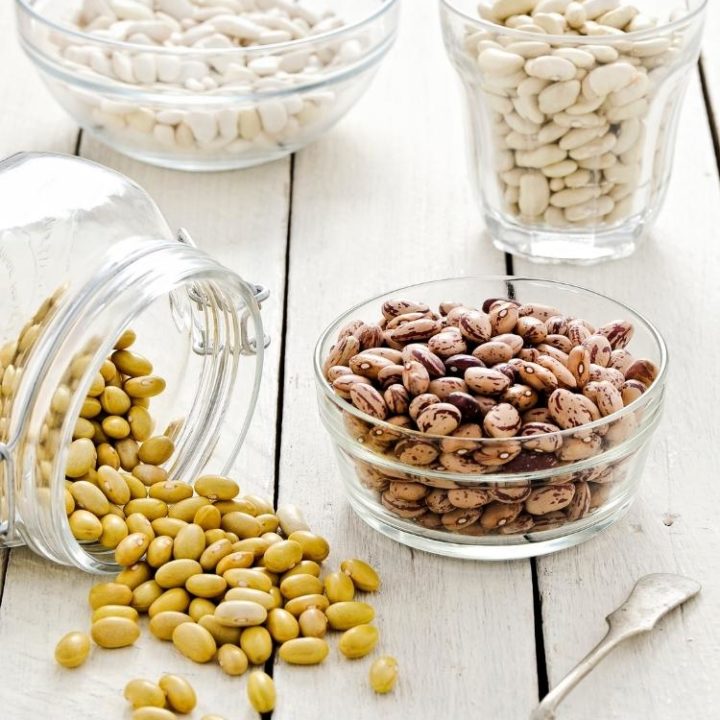
How to Cook Dried Beans
Cooking dried beans saves you money and ensures you have cooked beans on hand at all times! This post explains how to cook dried beans three ways and how to freeze them for later.
Ingredients
- 1 pound (2 cups) dried beans, any kind
- Water
- Aromatics of choice
Instructions
- Pour the beans into a large bowl and sifting through them with your fingers. Discard any beans that are broken, as well as any pieces of stone or debris.
- Rinse the beans under running water, then cover them with 2 to 3 inches of tap water.
- Let the beans soak for 8 hours to overnight. Then, prepare the dried beans as instructed below.
Stovetop Dried Beans
- Drain the soaked beans, then transfer them to a large pot and cover with 3 inches of water.
- Bring to a boil, then reduce heat to a simmer.
- Simmer for about 30 minutes, then add salt (if using) and any other aromatics you’d like.
- Continue cooking, checking every 30 minutes to test for doneness (size of beans will affect cook time, as will whether or not you soaked the beans).
- When done, remove the aromatics and let the beans cool before transferring to storage containers. Do NOT drain the beans, the cooking liquid will prevent them from drying out.
Slow Cooker Dried Beans
- Add 1 pound pre-soaked dried beans to a slow cooker.
- Add any aromatics you’d like to use.
- Cover the beans with 2 inches of water.
- Cover and cook on low for 3 to 6 hours. After 3 hours have passed, start checking the beans every 30 minutes to test for doneness.
- When done, remove the aromatics and let the beans cool before transferring to storage containers. Do NOT drain the beans, the cooking liquid will prevent them from drying out.
Tip: If you don’t pre-soak the beans, they’ll need to cook on low for 6 to 8 hours.
Instant Pot Dried Beans
- Rinse 1 pound of beans, then place in Instant Pot.
- Add 8 cups water, as well as any aromatics you’d like.
- Cook the beans on high pressure until done (cook times are listed below).
- Natural release for 20 minutes, then quick release the rest.
- When done, remove the aromatics and let the beans cool before transferring to storage containers. Do NOT drain the beans, the cooking liquid will prevent them from drying out.
Instant Pot Dried Beans Cook Times
Black beans and black eyed peas: 20 to 25 minutes
Great Northern beans, navy beans, and pinto beans: 25 to 30 minutes
Cannellini beans and chickpeas: 35 to 40 minutes
Red kidney beans also take 25 to 30 minutes to cook. However, you need to boil them on the stovetop for 10 minutes prior to pressure cooking them! This breaks down a toxin they contain called phytohemagglutinin. While the toxin isn’t poisonous, it causes gastric discomfort in many people.
Tip: This is the only cooking method where it’s not strictly necessary to soak the beans prior to cooking. However, you’ll still need to rinse the beans.
Notes
Soaking the Beans
If you’ll be cooking dried beans on the stovetop, I highly recommend pre-soaking them. If you don’t, the beans may need to cook for an extra hour or more. If you’ll be cooking dried beans in a slow cooker or Instant Pot, pre-soaking them isn’t strictly necessary but it’s still helpful for reducing cook times.
Recommended Products
As an Amazon Associate and member of other affiliate programs, I earn from qualifying purchases.
Nutrition Information:
Yield: 8 Serving Size: 1Amount Per Serving: Calories: 30Total Fat: 0gSaturated Fat: 0gTrans Fat: 0gUnsaturated Fat: 0gCholesterol: 0mgSodium: 110mgCarbohydrates: 7gFiber: 1gSugar: 3gProtein: 2g
GoodLifeEats.com offers recipe nutritional information as a courtesy. This provided information is an estimate only. This information comes from online calculators. Although GoodLifeEats.com makes every effort to provide accurate information, these figures are only estimates.
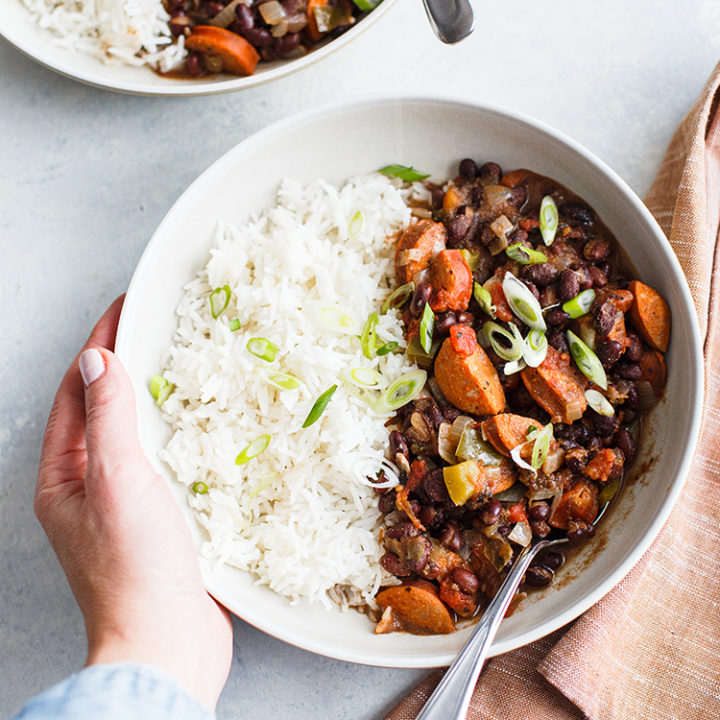
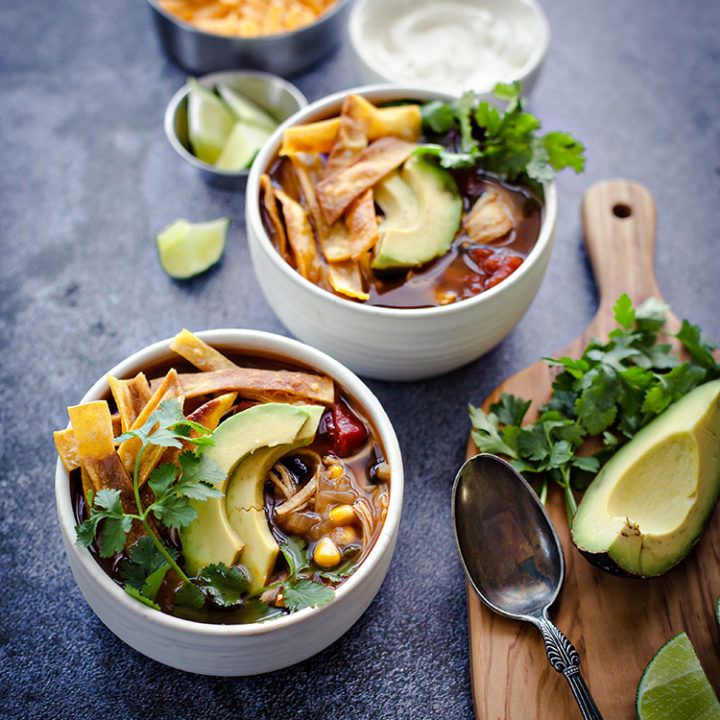
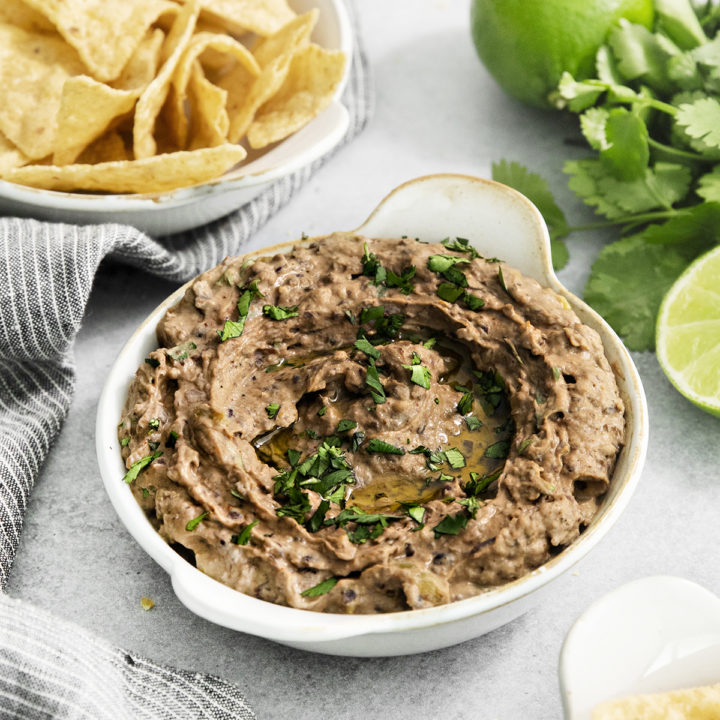
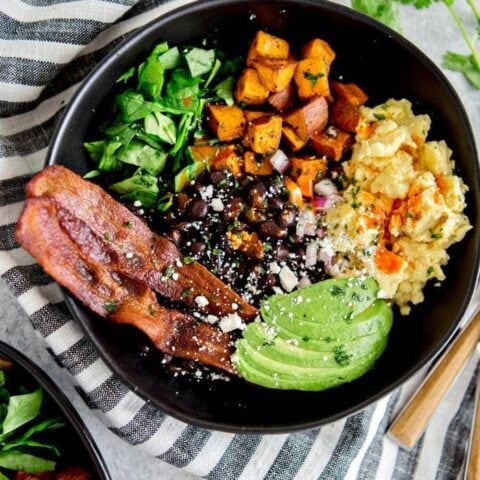
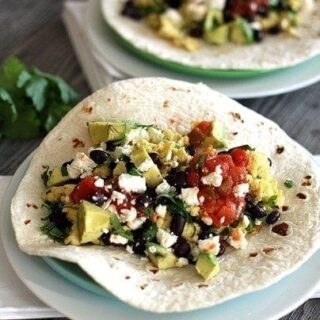
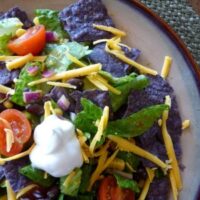
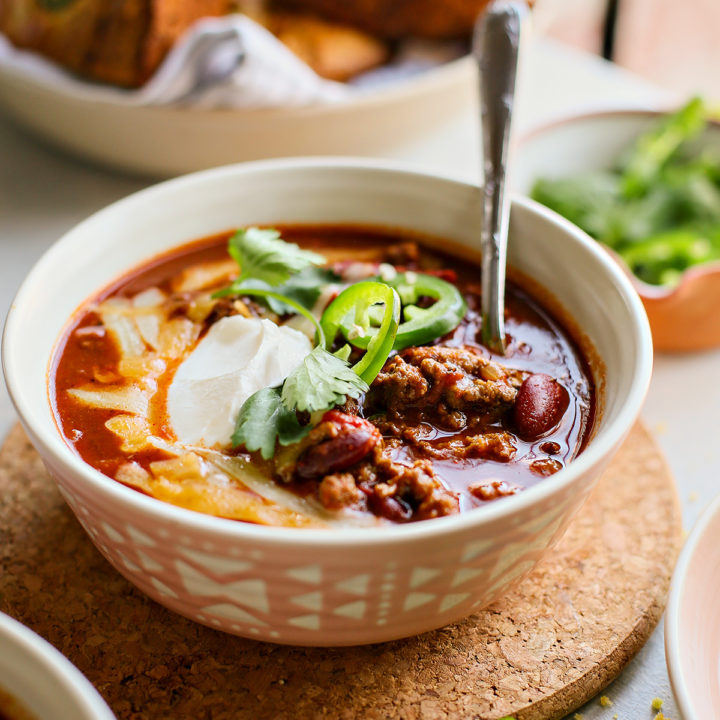
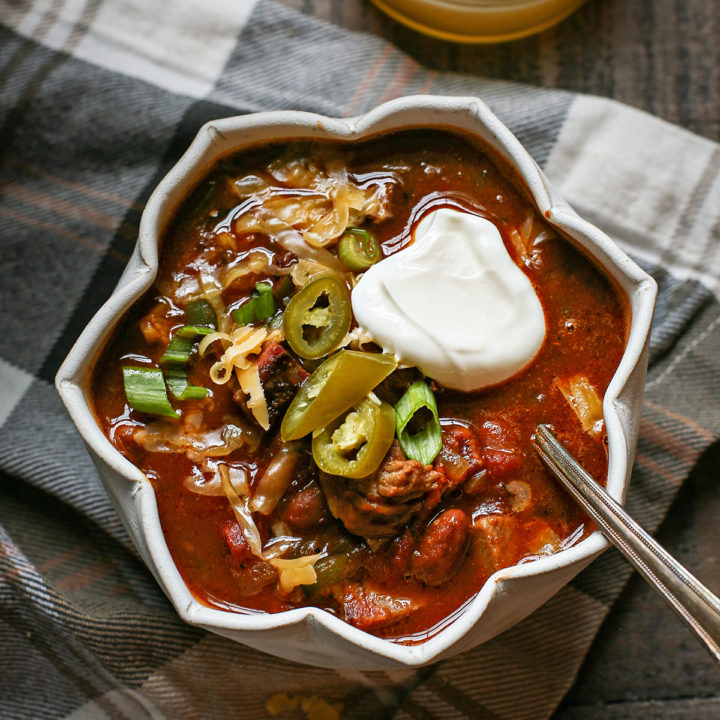

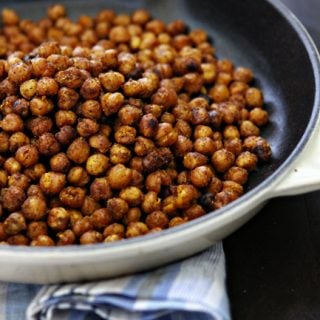
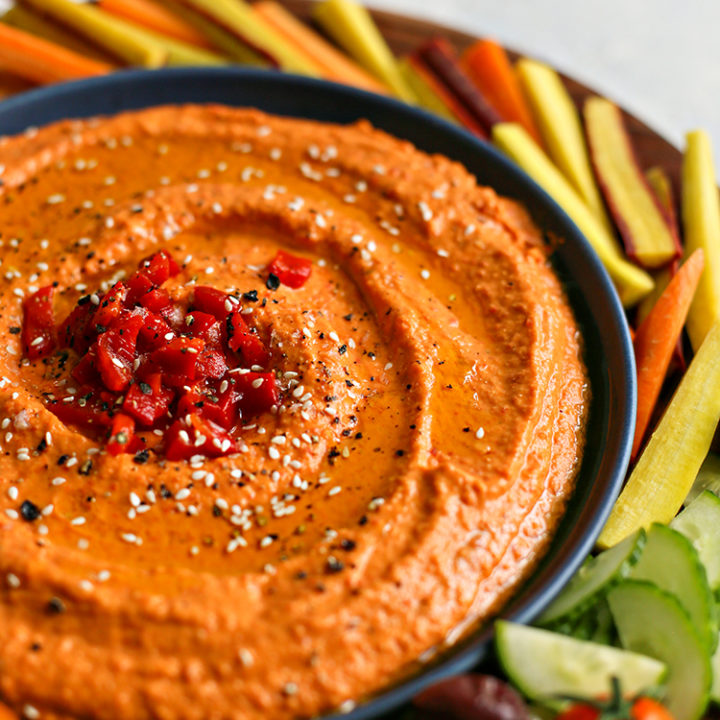
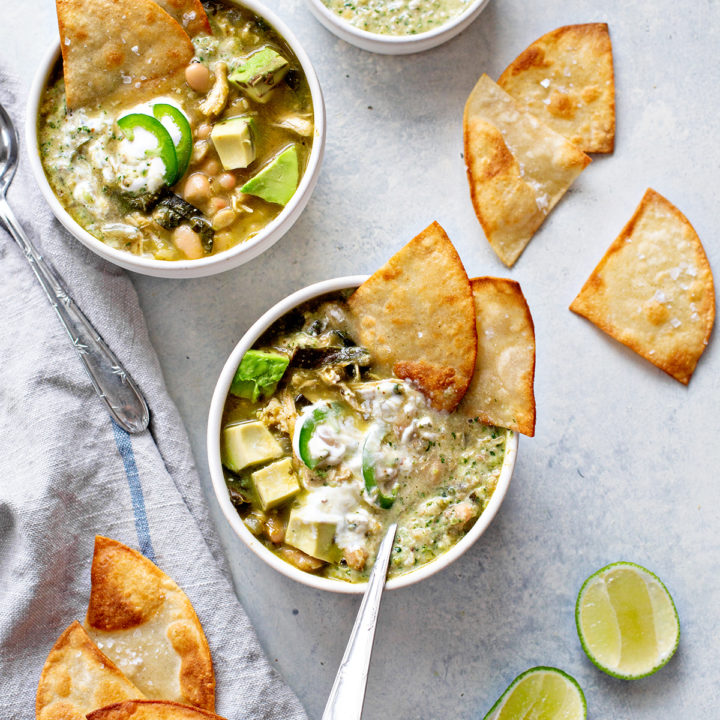
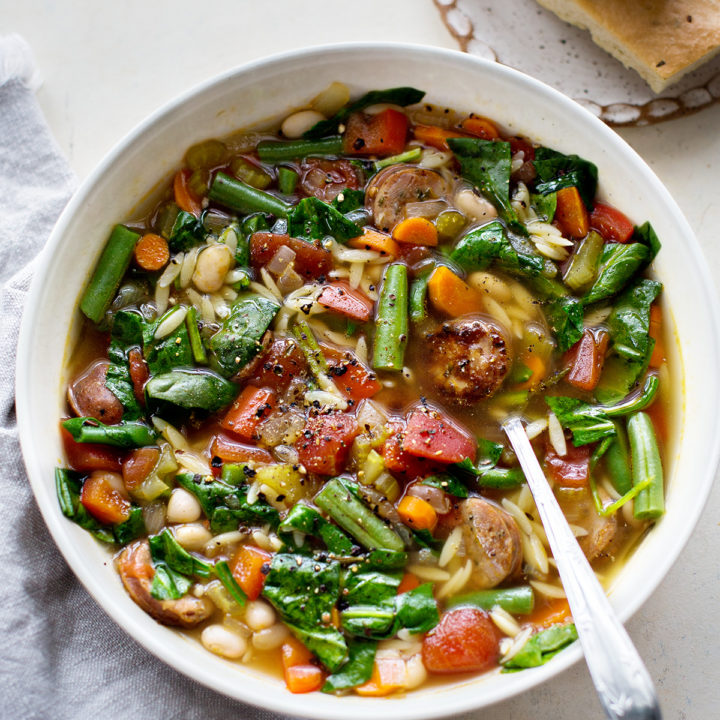

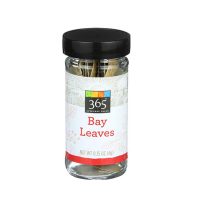
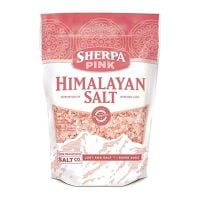
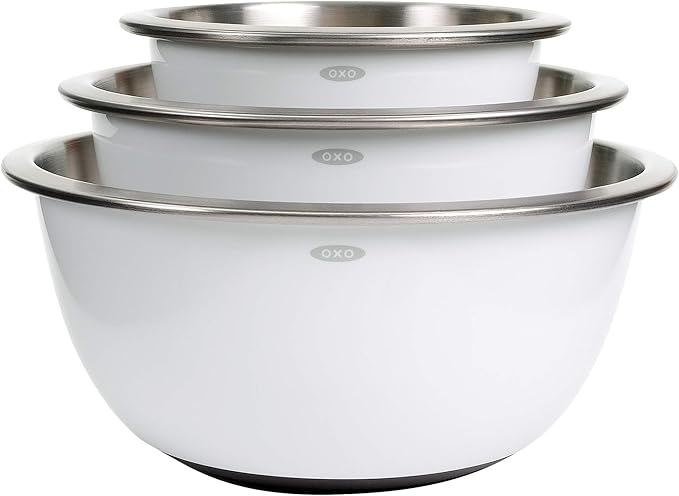
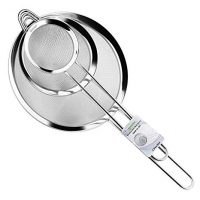
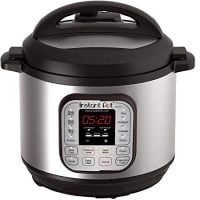
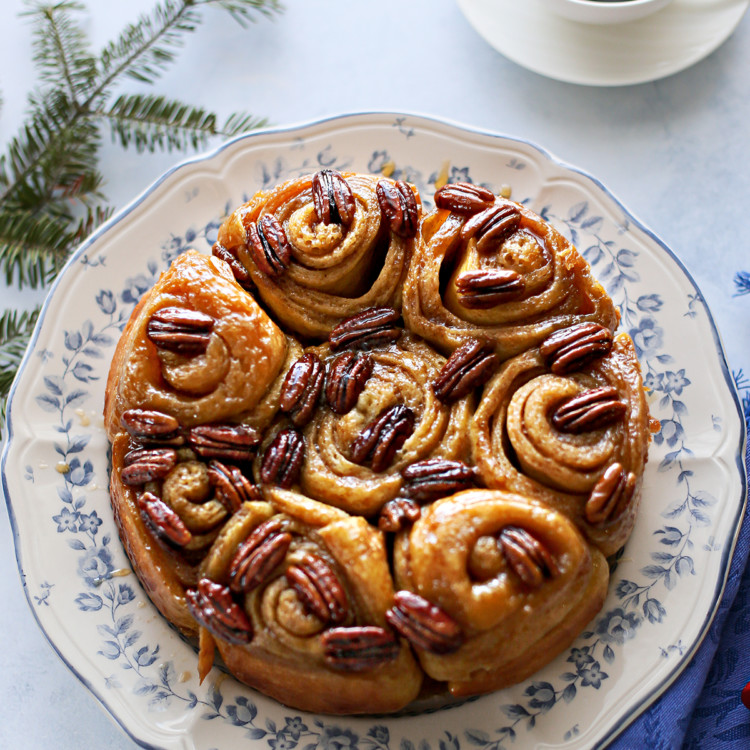
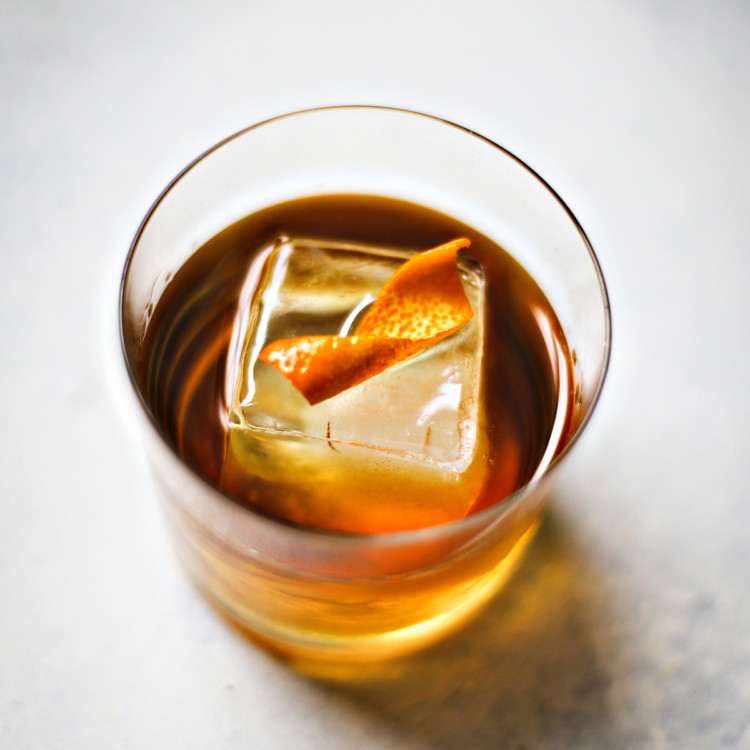
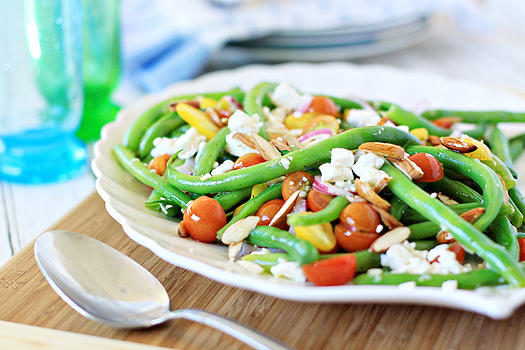
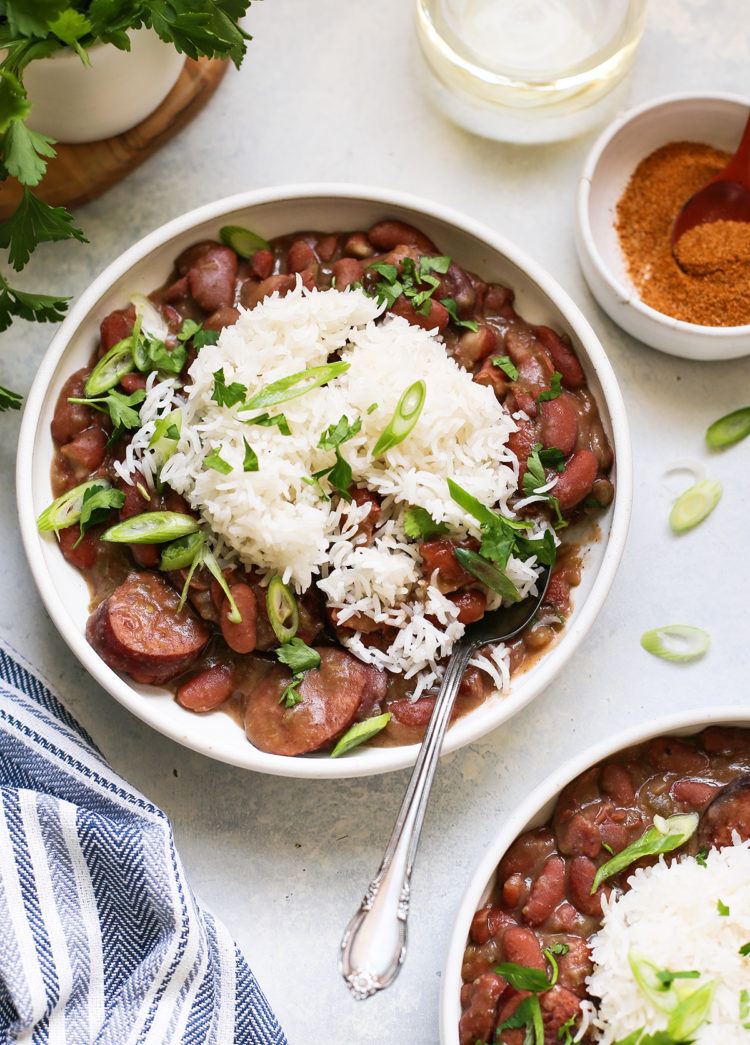
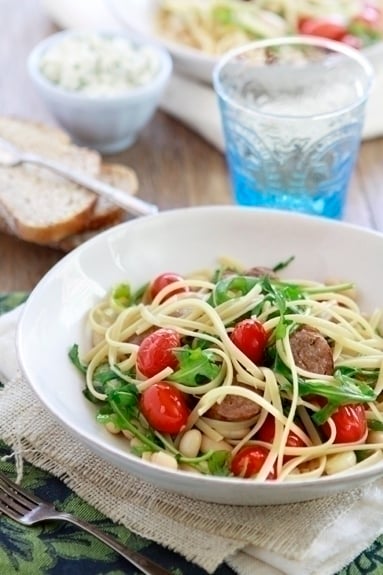
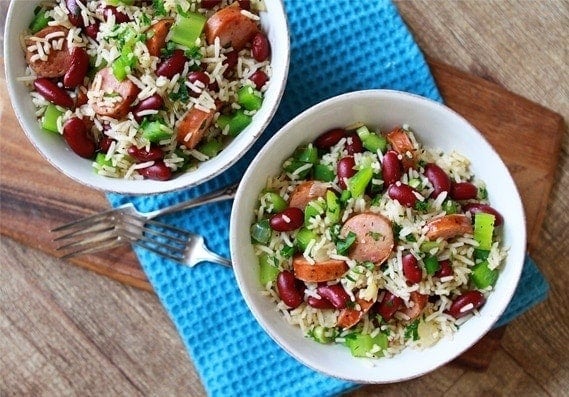
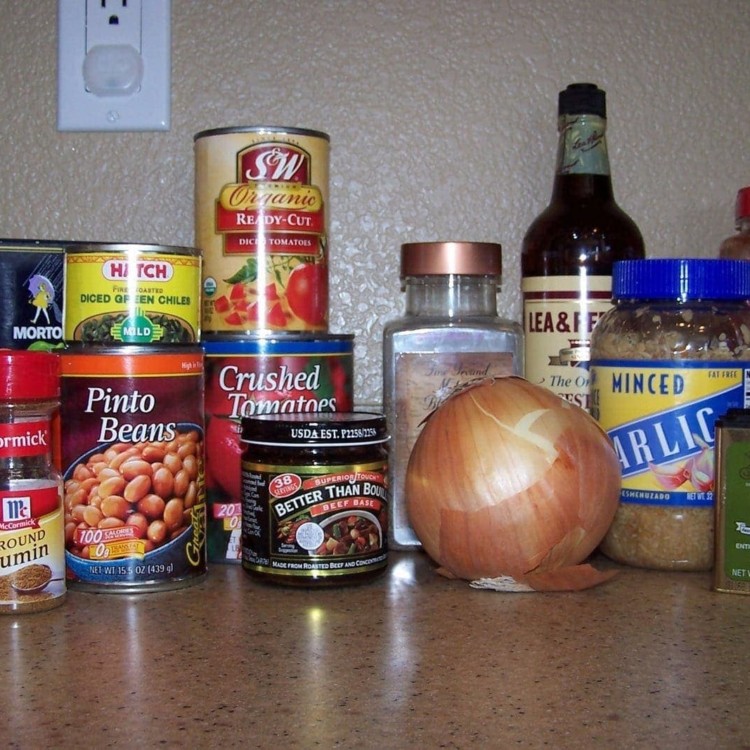
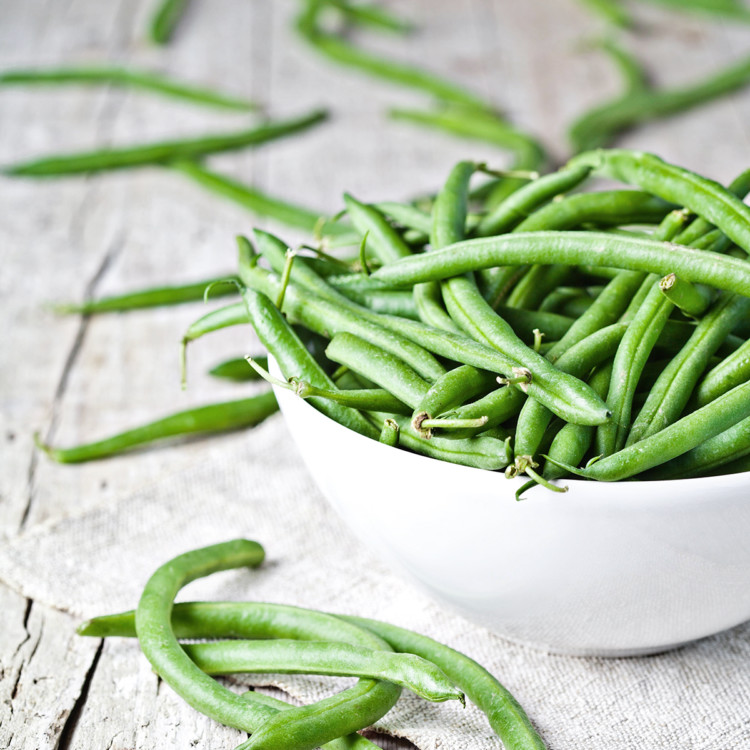
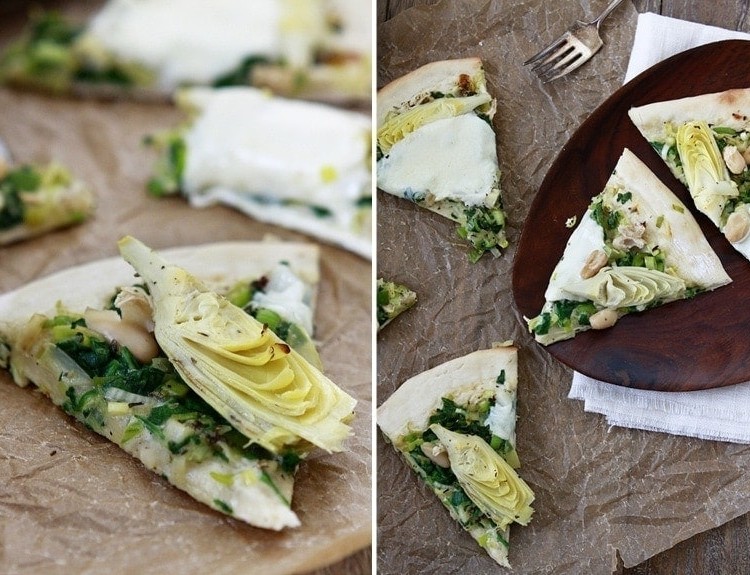
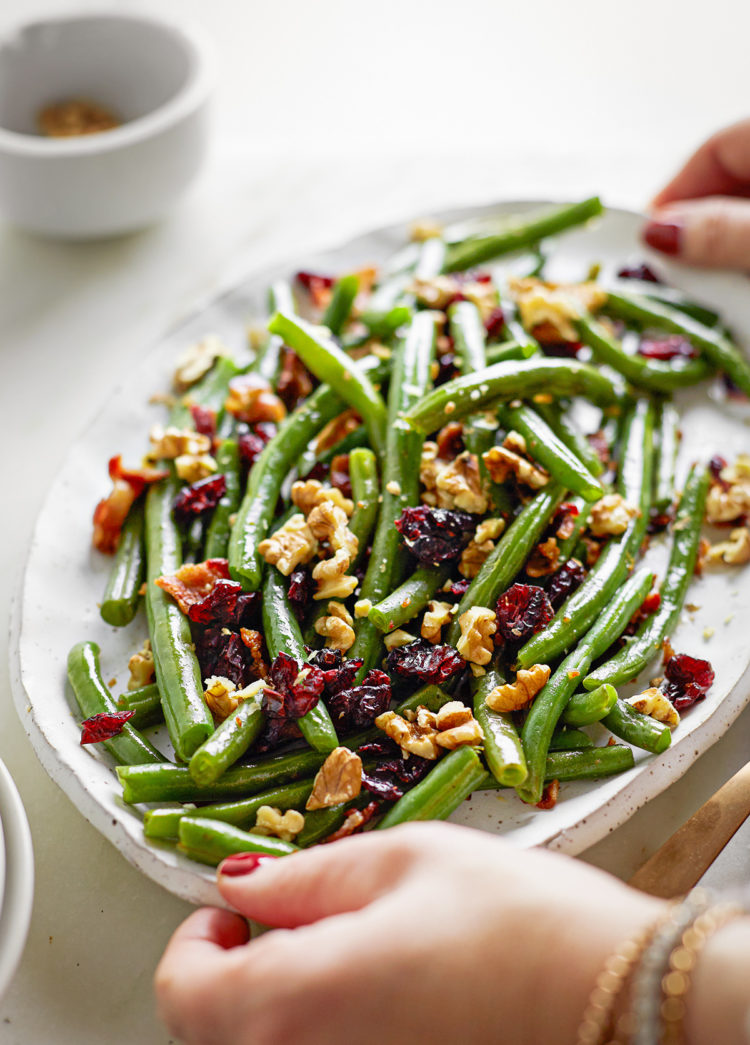

Leave a Comment